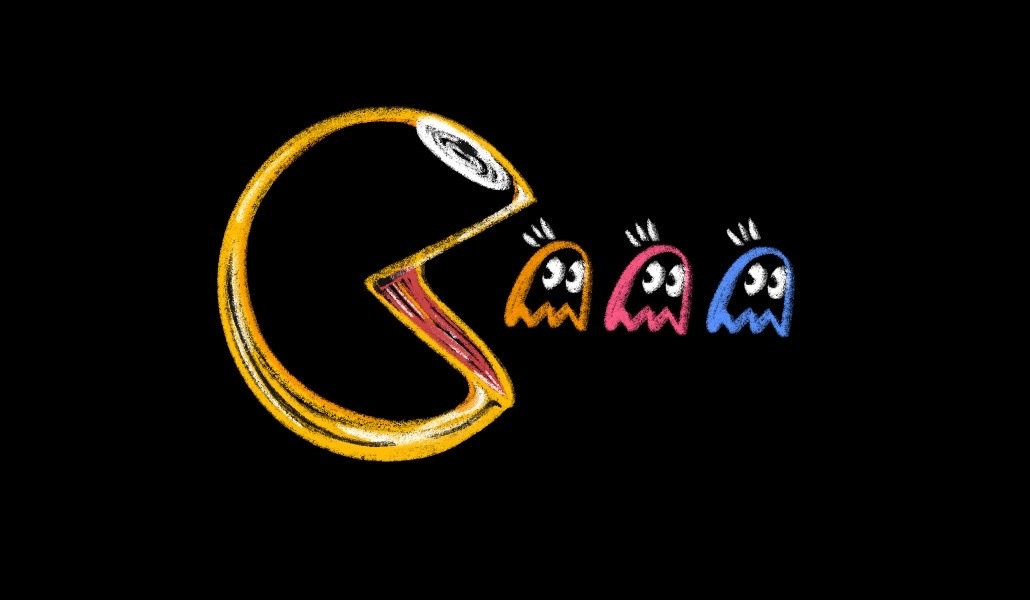WRONGFUL
Geneva Finch, 20, is on the beach near the festival celebrating novelist Mira Wallacz, who has just gone missing. She overhears Mira’s unauthorized biographer, a purported longtime friend, and a jealous-seeming literary rival discussing Mira; one comments that she “stirred a lot of unconscious anger.” Geneva, who came to the conference due to an affinity for Mira’s “lurid fairy tales for adults,” later wanders into the nearby woods and spots Mira, yet the latter refuses to return to the festival despite Geneva’s sense of danger. The narrative then jumps ahead 10 years, and readers learn that Mira was found dead, killed by falling or thrown rocks shortly after Geneva left her (“Most likely Mira Wallacz died in a freak accident. Falling rocks. A simple explanation exists for most things. That made sense, didn’t it?”). At a party, Geneva meets and dances with Thom, whom she later learns is the priest who inherited Mira’s estate, subsequently left the priesthood, and now writes poetry. Geneva tracks down Thom at a poetry workshop and convinces him to attend an upcoming conference commemorating Mira and help interview its attendees, including Mira’s agent. Geneva discovers that many people had possible motives to kill the author—including Thom (“It’s always about the one with the quirkiest motive in Mira’s novels. That’s where I’ll look”). Upton’s novel operates quite effectively as an Agatha Christie–like whodunit, complete with a lineup of colorful suspects and a twisty conclusion. The narrative is further enriched by the author’s musings upon the illusory aspects of real life and fiction—Geneva reflects that “the past ten years had been a long dream of guilt, a repetitive dream, and here was a way to rupture the dream.”


Geneva Finch, 20, is on the beach near the festival celebrating novelist Mira Wallacz, who has just gone missing. She overhears Mira’s unauthorized biographer, a purported longtime friend, and a jealous-seeming literary rival discussing Mira; one comments that she “stirred a lot of unconscious anger.” Geneva, who came to the conference due to an affinity for Mira’s “lurid fairy tales for adults,” later wanders into the nearby woods and spots Mira, yet the latter refuses to return to the festival despite Geneva’s sense of danger. The narrative then jumps ahead 10 years, and readers learn that Mira was found dead, killed by falling or thrown rocks shortly after Geneva left her (“Most likely Mira Wallacz died in a freak accident. Falling rocks. A simple explanation exists for most things. That made sense, didn’t it?”). At a party, Geneva meets and dances with Thom, whom she later learns is the priest who inherited Mira’s estate, subsequently left the priesthood, and now writes poetry. Geneva tracks down Thom at a poetry workshop and convinces him to attend an upcoming conference commemorating Mira and help interview its attendees, including Mira’s agent. Geneva discovers that many people had possible motives to kill the author—including Thom (“It’s always about the one with the quirkiest motive in Mira’s novels. That’s where I’ll look”). Upton’s novel operates quite effectively as an Agatha Christie–like whodunit, complete with a lineup of colorful suspects and a twisty conclusion. The narrative is further enriched by the author’s musings upon the illusory aspects of real life and fiction—Geneva reflects that “the past ten years had been a long dream of guilt, a repetitive dream, and here was a way to rupture the dream.”















































![The 11 Best Landing Page Builder Software Tools [2025]](https://www.growthmarketingpro.com/wp-content/uploads/2024/04/best-landing-page-software-hero-image-1024x618.png?#)

























































































